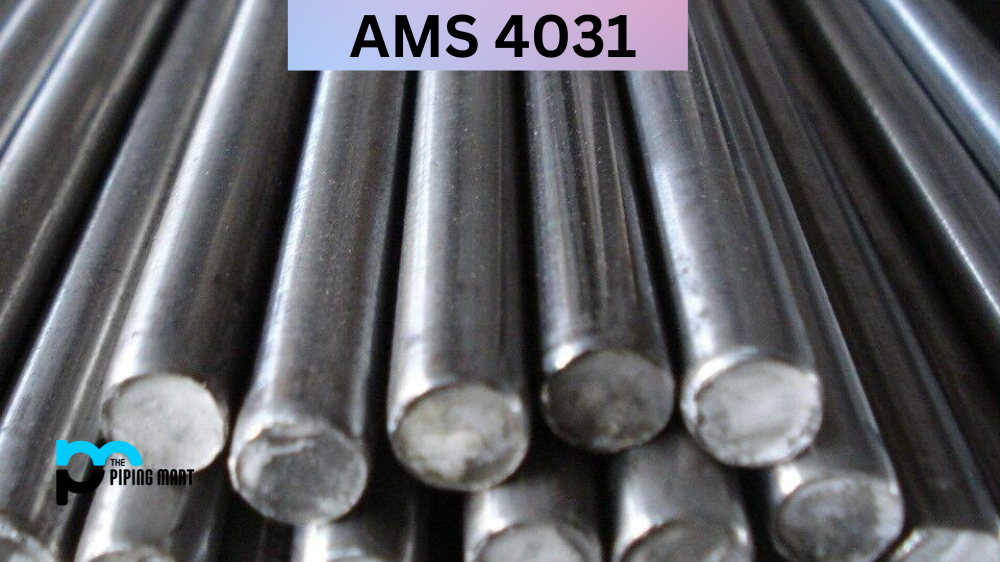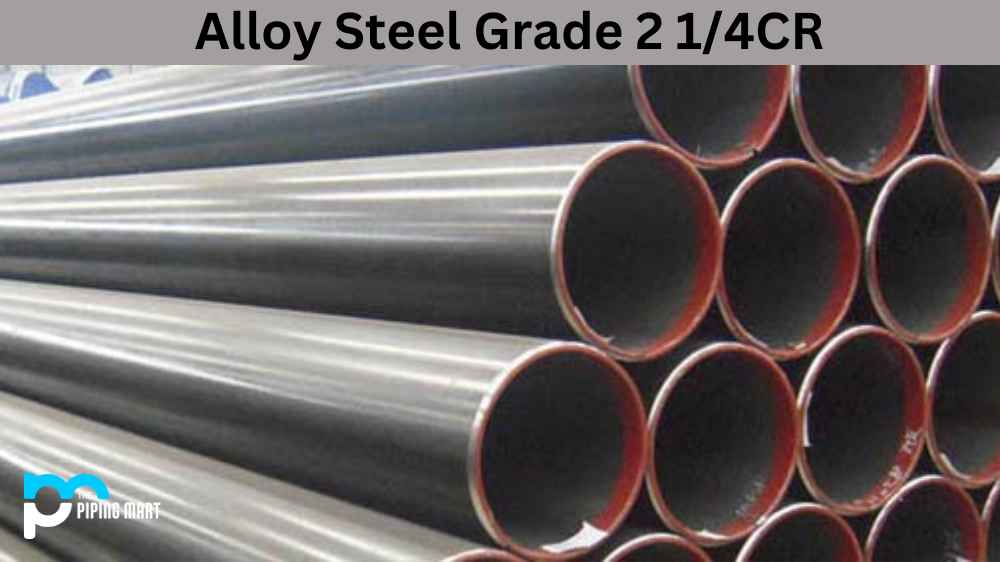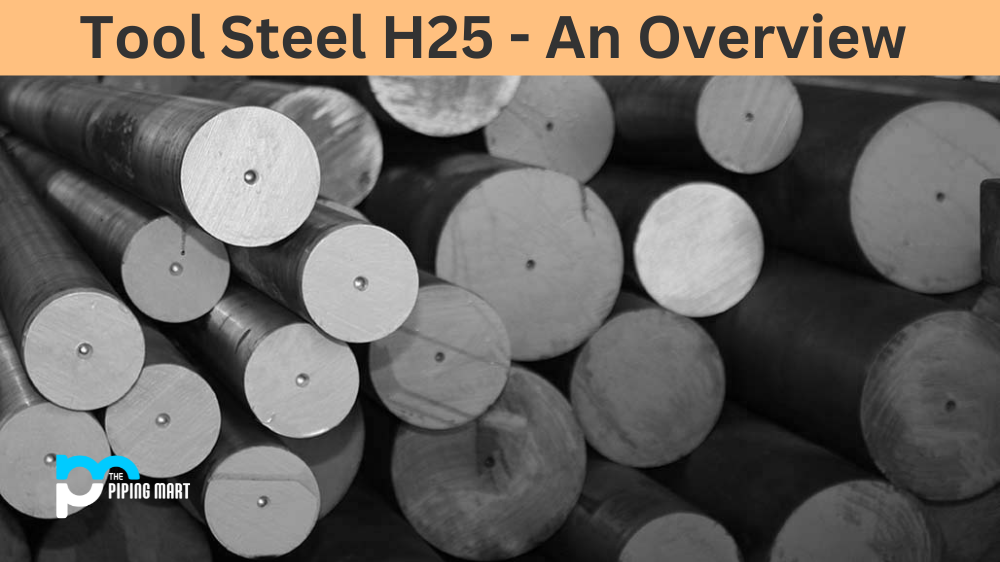If you are in the business of manufacturing aerospace components, you have likely come across AMS 4031. This material is a high-strength aluminium alloy widely used in the aerospace industry. In this blog post, we will dive deep into everything you need to know about AMS4031, including its composition, physical and mechanical properties, common uses, and more.
What is AMS 4031?
You’re not alone if you’re curious about AMS 4031 (Aluminium 2219 Alloy). This is a specification for aluminium alloy 7075-T7351, a common material used in aerospace and defence applications. AMS4031 sets the standards for this alloy’s chemical composition, mechanical properties, and other essential characteristics. Whether you work in the aerospace industry or are simply interested in learning more about the materials around you, understanding AMS 4031 is necessary to stay informed about engineering and manufacturing.
AMS 4031 Composition
AMS 4031 is a high-strength aluminium alloy that contains copper, magnesium, and zinc as primary alloying elements. This alloy is often called 7075-T7351 because it meets the requirements outlined in SAE AMS 4045. The material must undergo a specific heat treatment process to achieve the desired properties, which we will get into later.
| Element | Content (%) |
|---|---|
| Aluminum, Al | 93 |
| Copper, Cu | 6.3 |
| Manganese, Mn | 0.3 |
| Zirconium, Zr | 0.18 |
| Vanadium, V | 0.10 |
| Titanium, Ti | 0.06 |
AMS 4031 Physical Properties
AMS 4031 has excellent strength-to-weight ratios, making it a popular choice for aerospace applications. It has a density of 2.81 g/cm3 and a melting point of 475°C. At room temperature, its thermal conductivity is 121 W/mK, and its electrical conductivity is 36.3 MS/m.
| Properties | Metric | Imperial |
|---|---|---|
| Density | 2.6-2.8 g/cm3 | 0.0939- 0.101 lb/in3 |
| Melting point | 510°C | 950°F |
AMS 4031 Mechanical Properties
The mechanical properties of AMS 4031 depend on its heat treatment. When heated to the right temperature for the right amount of time, this material can achieve impressive tensile strength, yield strength, and elongation. For example, the tensile strength can be up to 590 MPa, the yield strength can reach 503 MPa, and the elongation can be as high as 11%.
| Properties | Metric | Imperial |
|---|---|---|
| Tensile strength | 170 MPa | 24656 ksi |
| Yield strength | 76 MPa | 1022 ksi |
| Fatigue strength | 105 MPa | 15229 |
| Elastic modulus | 70-80 GPa | 10153-11603 ksi |
| Poisson’s ratio | 0.33 | 0.33 |
| Elongation | 18% | 18% |
AMS 4031 Equivalent
| AMS 4066 | ASTM B211 | ASTM B247 | MIL A-46808 | QQ A-367 |
| AMS 4068 | ASTM B221 | ASTM B316 | MIL A-8920 | QQ A-430 |
| ASTM B209 | ASTM B241 | MIL A-46118 | QQ A-250\30 | SAE J454 |
AMS 4031 Uses
The aerospace industry is the biggest user of AMS 4031 because of its high strength-to-weight ratio. This material is used in components such as aeroplane wings, landing gear, and fuselage frames. It is also used in firearms, bike frames, and other applications where high strength and low weight are crucial.
AMS 4031 Hardness
The hardness of AMS 4031 depends on the heat treatment it undergoes. The T7 temper has a Brinell hardness of 150-190. The T6 temper, the most common in aerospace applications, has a Brinell hardness of 150.
AMS 4031 Heat treatment
It must undergo specific heat treatment processes to achieve the desired properties for AMS 4031. First, it is solution heat treated at 465-477°C for four to six hours, then quenched to room temperature. Next, it is artificially aged for 24-72 hours at 121°C. This process produces the T6 temper, the most common in aerospace applications. The T7 temper is achieved by averaging the T6 temper.
Conclusion:
In conclusion, AMS 4031 material is a high-strength aluminium alloy widely used in aerospace. This material has excellent physical and mechanical properties, making it a top choice for various applications. Whether you are building aeroplane wings or bike frames, AMS 4031 is an ideal material to consider. The specific heat treatment process is key to achieving the desired properties. Always follow the guidelines outlined in SAE AMS 4045 to ensure your components are up to standard.

Meet Bhavesh, a seasoned blogger with a wealth of knowledge and experience. From metal products manufacturing to retail, Bhavesh has a diverse background in various industries and is dedicated to sharing his insights and expertise with readers.




